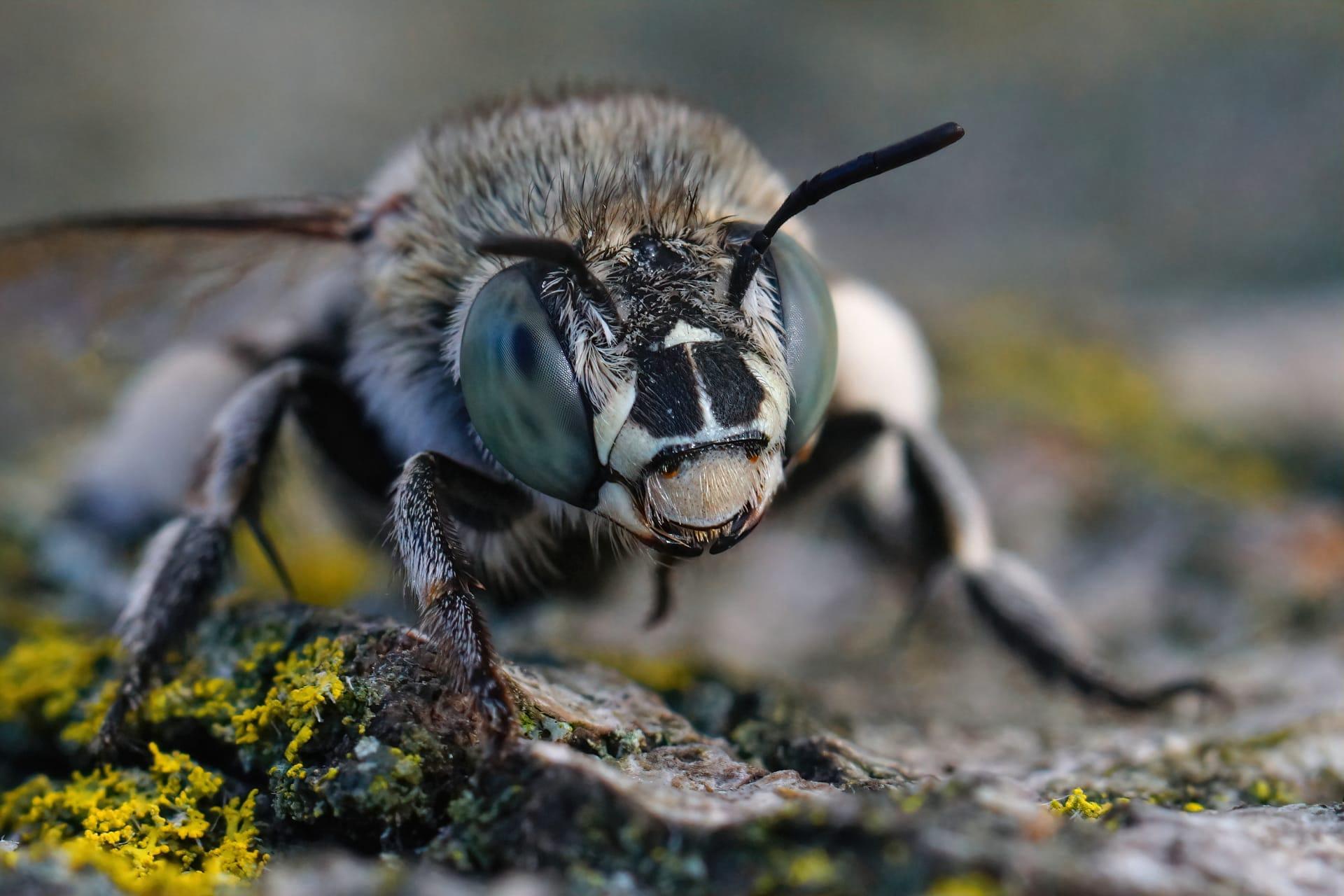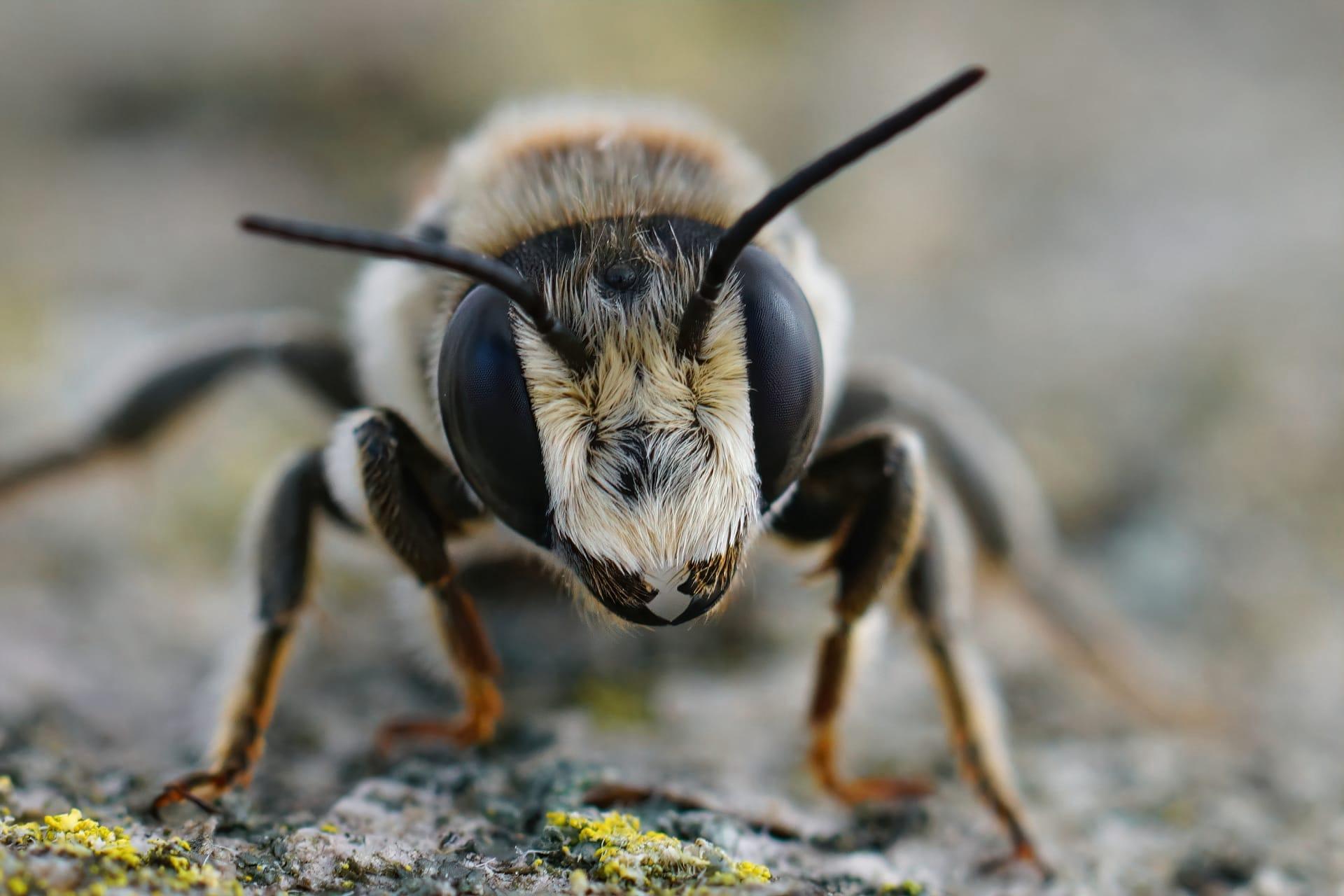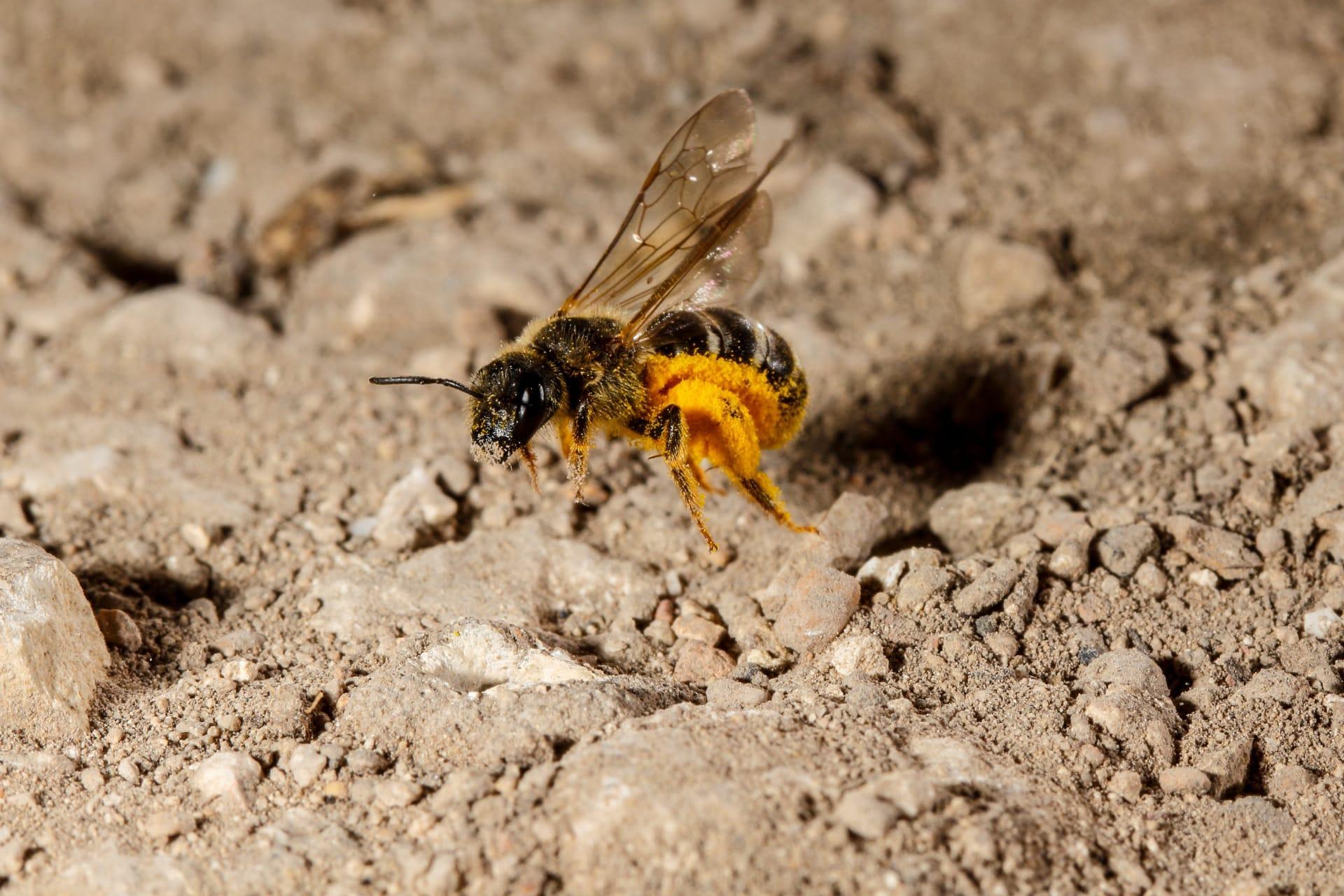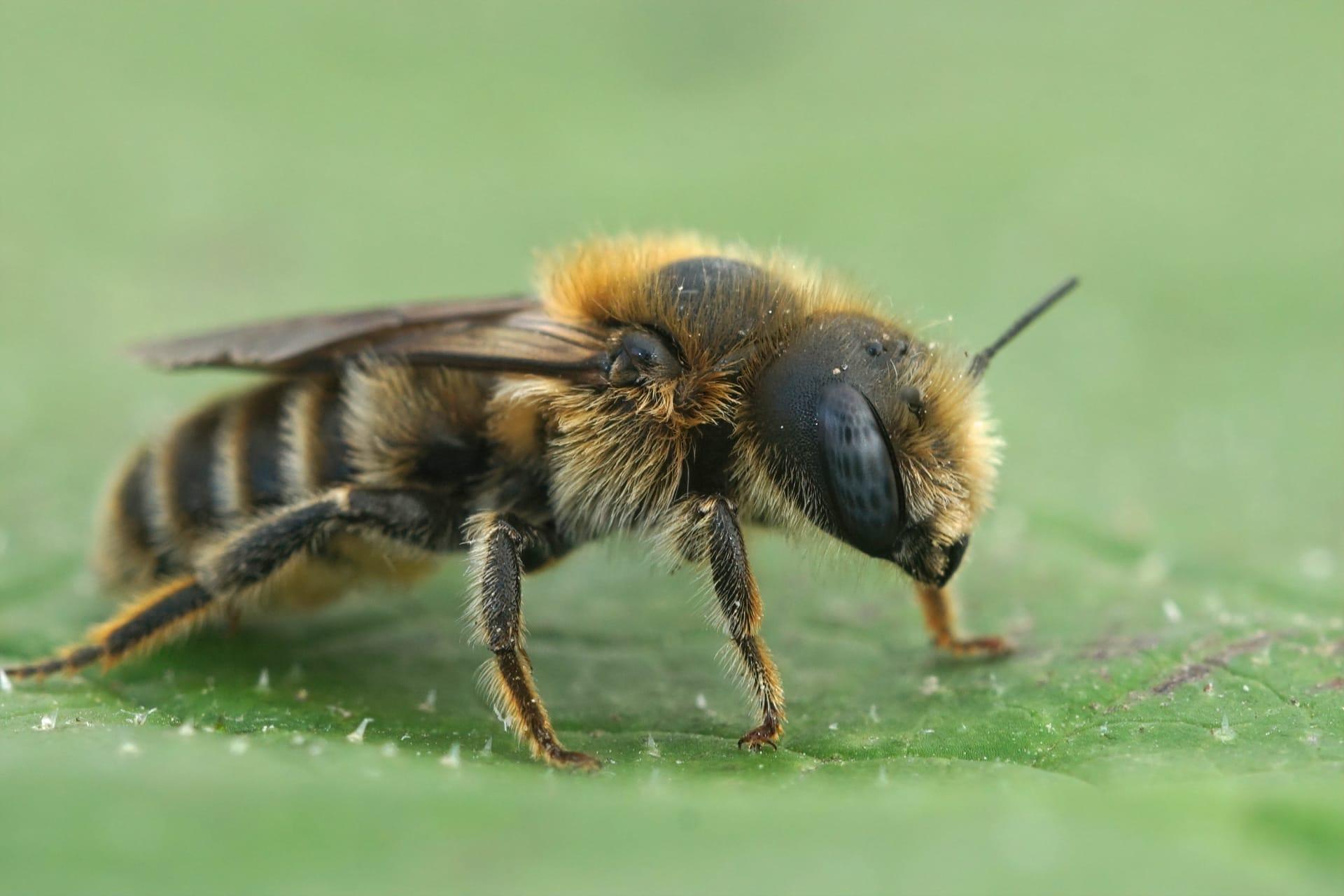1
Ground bees, a diverse group primarily from the genus Andrena, boast over 1,300 species in North America alone. These bees are solitary creatures, with each female bee making her own burrow to lay eggs. Unlike honeybees, they don't live in hives or work collectively. Their nesting burrows can be found in well-drained, sandy soils, often in lawns or gardens. Each burrow, usually about 1/4 to 1/2 inch in diameter, is a marvel of architecture, with a main tunnel leading to several side chambers. In each chamber, the female bee lays a single egg along with a mix of nectar and pollen. This nutritious mixture serves as the sole food source for the larvae after they hatch.
Ground bees are important pollinators, particularly effective in the pollination of early spring flowers. They have a unique way of pollinating called 'buzz pollination' or sonication. This method involves the bee grabbing onto a flower and vibrating its flight muscles rapidly, causing pollen to shake loose and stick to the bee's body. This technique is especially beneficial for plants like tomatoes and blueberries, whose pollen is more accessible through vibrations. What's fascinating is that not all bees can perform buzz pollination, making ground bees crucial players in the ecosystem, contributing significantly to the biodiversity and health of our environment.

2
When it comes to defending themselves, ground bees are quite peaceful and rarely sting. Their stingers are primarily used as a defense mechanism against predators. In fact, the male ground bees don't even have stingers. Female bees will only sting if they feel extremely threatened or are handled roughly. This gentle nature makes them friendly neighbors in gardens, where they play a vital role in pollination without posing significant risks to humans.
Ground bees have an interesting life cycle. They are most active during the spring and early summer. After mating, the female bee begins constructing her underground nest. Each nest can take several weeks to complete. Once the eggs are laid, the adult bees usually die by the end of summer, leaving the next generation to emerge from the ground the following spring. The larvae spend the winter in the burrow, pupating in the early spring, and then emerge as adults. This cycle of life, death, and renewal plays a critical part in maintaining the balance in our ecosystems, ensuring the continuation of various plant species through pollination.

3
Ground bees exhibit a fascinating behavior known as 'cleptoparasitism'. Some species, instead of collecting pollen and nectar themselves, invade the nests of other ground bees to lay their eggs. The larvae of these intruders, upon hatching, consume the stored food meant for the host's larvae. This sneaky strategy allows these bees to conserve energy for reproduction at the expense of their hardworking counterparts. This interaction showcases the complex and diverse survival strategies within the bee world.
The color and size of ground bees vary greatly among species, adding to their ecological diversity. They range from about 1/4 inch to over an inch in length and display a variety of colors, from metallic greens and blues to the more common black and yellow patterns. This variation not only makes them a fascinating subject for study but also helps them adapt to various environments and floral resources. Their size and coloration play crucial roles in their effectiveness as pollinators, as different flowers attract different types of bees.

4
Despite their solitary nature, ground bees can sometimes be seen in aggregations, particularly in areas with ideal nesting conditions. However, these gatherings are not colonies in the traditional sense; each bee is acting independently. These aggregations can sometimes consist of hundreds of individual nests, giving the appearance of a community, but each bee is solely responsible for her own nest and offspring. This communal nesting behavior is thought to be a strategy for protection against predators, as a higher concentration of nests can deter potential threats.
Ground bees play a crucial role in soil aeration and health. Their burrowing activities help to loosen and aerate the soil, allowing for better water penetration and root growth. This natural tilling is beneficial for gardens and lawns, promoting healthier plant growth. Additionally, their presence in an area is often an indicator of good soil health, as they prefer well-drained, non-compacted soils to nest in. Their underground activities contribute significantly to the ecosystem, making them not only important pollinators but also vital for maintaining soil quality.

5
Ground bees are surprisingly resilient to various weather conditions. They have adapted to survive in diverse climates, from deserts to forests. Their ability to thrive in different environments is partly due to their solitary nature, which reduces the need for large-scale resources like those needed by hive-dwelling bees. This adaptability ensures their survival in changing climates and habitats, making them crucial for ecological balance.
Another interesting aspect of ground bees is their contribution to the control of other insect populations. Adult ground bees primarily feed on nectar and pollen, but their larvae sometimes consume small insects provided by the mother bee. This predatory behavior in their early stages helps regulate the populations of other insects, contributing to a balanced ecosystem. By controlling pest populations, ground bees indirectly support agriculture and garden health, showcasing their multifaceted role in nature beyond just pollination.